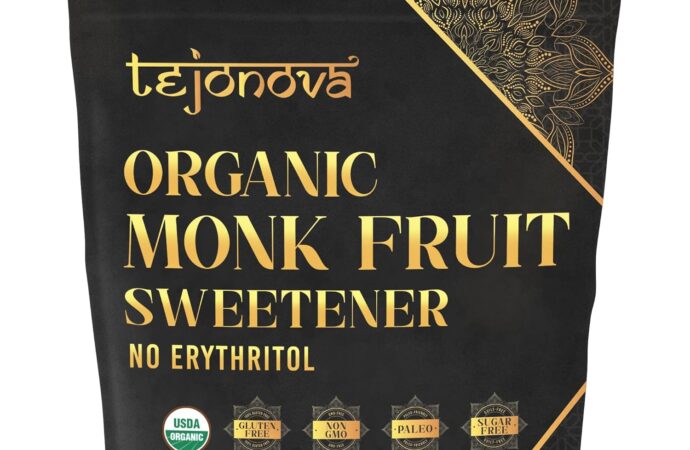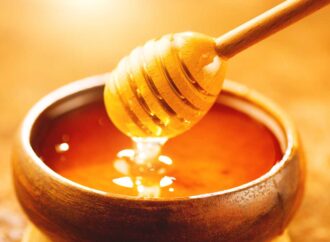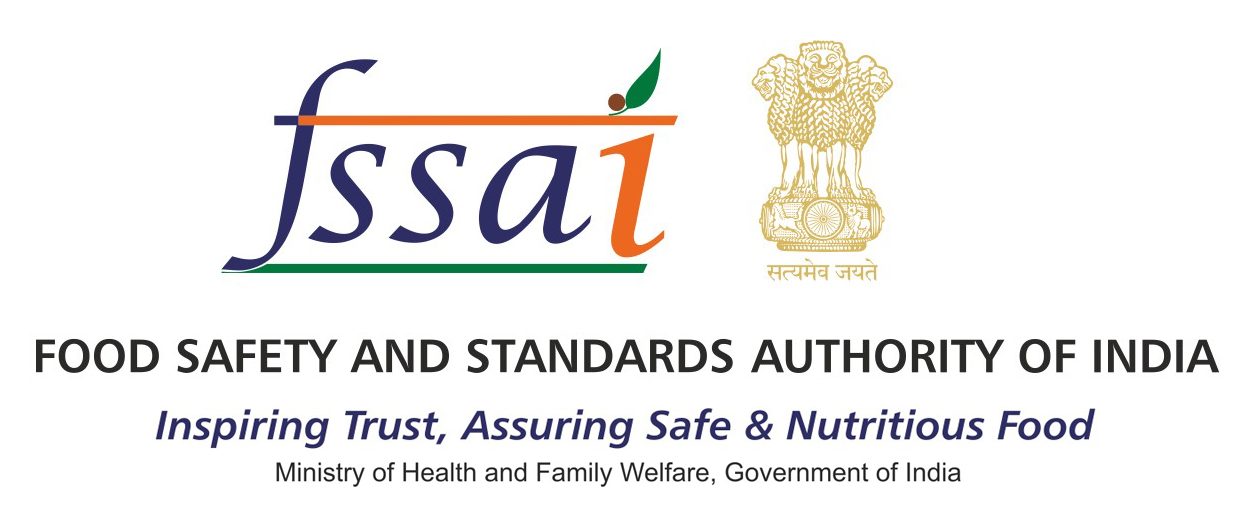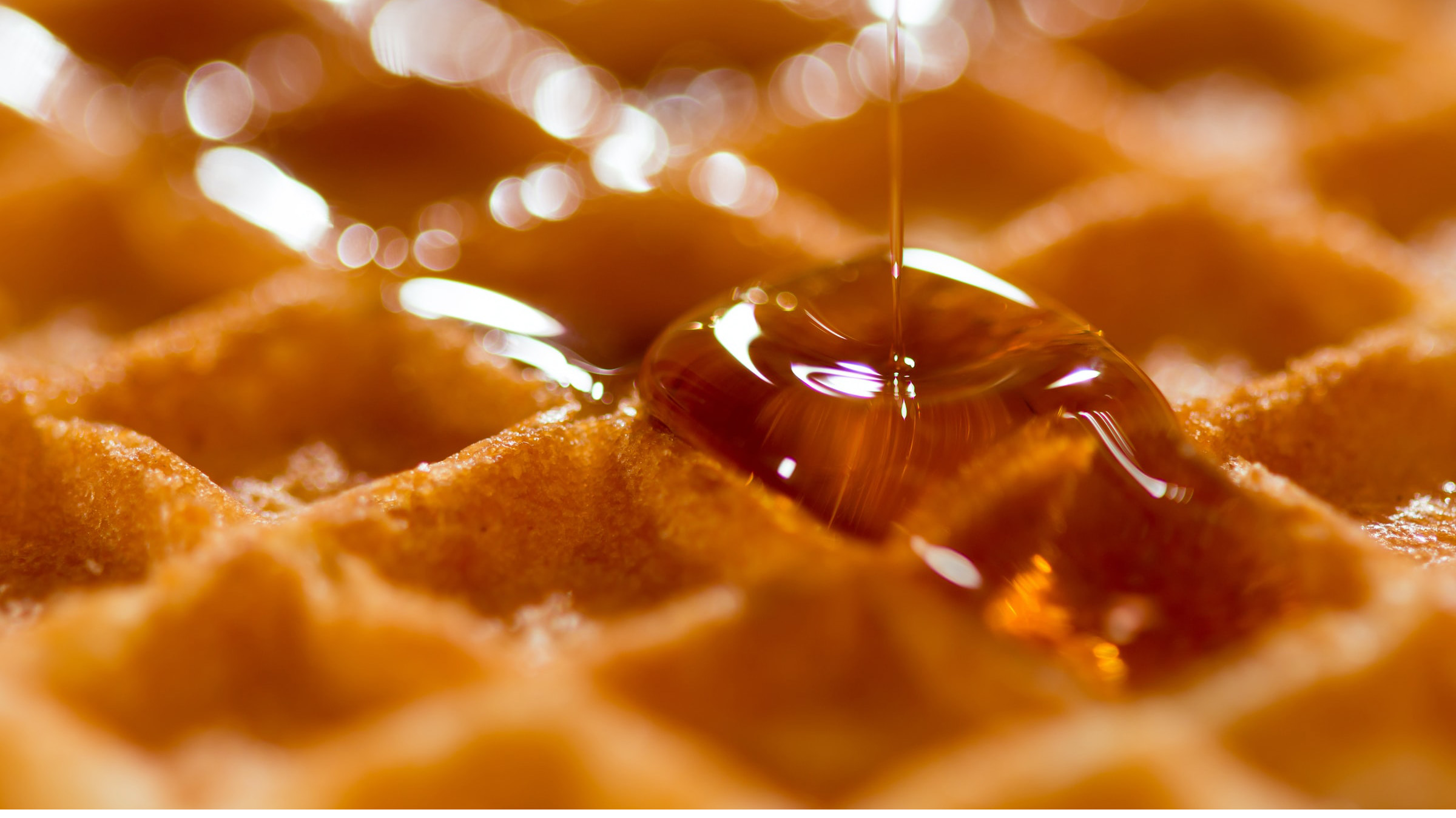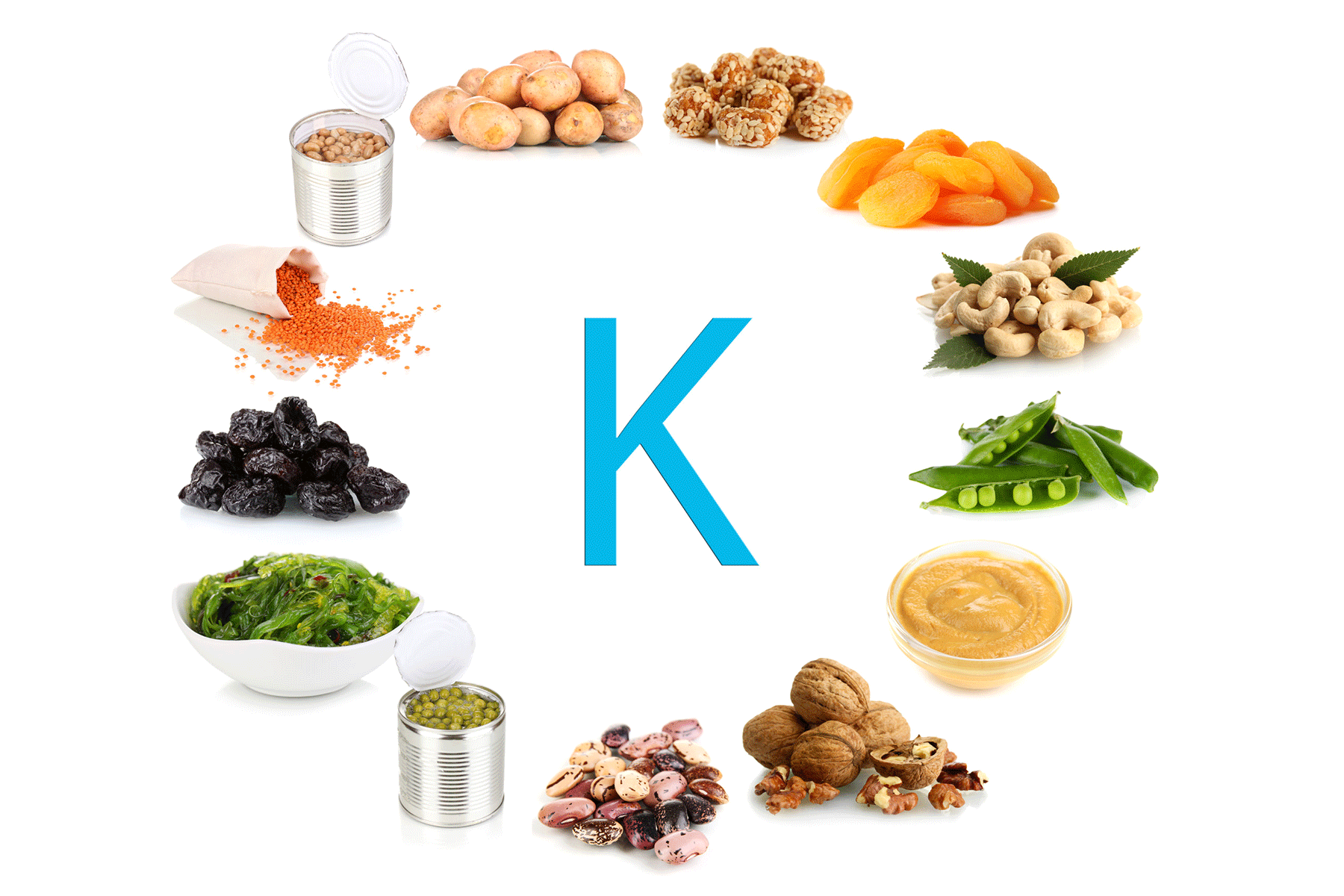Overview
Monk fruit sweetener — also called monk fruit extract — has been used in Asia for decades. Now, with more people seeking healthier sugar substitutes, it’s gaining attention as a natural, zero-calorie option.
What is Monk Fruit?
Monk fruit (luo han guo or Buddha fruit) grows on vines and belongs to the gourd family. Originally from southern China, it’s been a part of traditional medicine to soothe coughs, treat sore throats, and make herbal teas. Its sweetness comes from compounds called mogrosides, which are 100–250 times sweeter than sugar yet contain zero calories. Unlike regular sugar, it doesn’t cause a spike in blood sugar, making it suitable for diabetics.
How It is Made
Producers remove the seeds and peel, crush the pulp, and dry the juice into a concentrated powder. The sweetness isn’t from fructose or glucose but from mogrosides, separated during processing. Because it’s so sweet, it’s often blended with natural bulking agents like erythritol or inulin for everyday use.
Why People Choose It
- Helps in weight management
- Safe for diabetics
- Plant-based and free from artificial chemicals
- Rich in antioxidants that may reduce inflammation and support health
Points to Remember
Monk fruit is not widely grown locally and is mostly imported, so it costs more than sugar or jaggery. Always check labels, as it’s often mixed with other sweeteners. It has no known side effects, but using it in moderation and consulting a doctor is wise. With rising concerns about diabetes and obesity, monk fruit sweetener offers a promising natural alternative, especially for those looking to cut sugar without sacrificing sweetness.
Source: Mathrubhumi
 Food Manifest
Food Manifest 